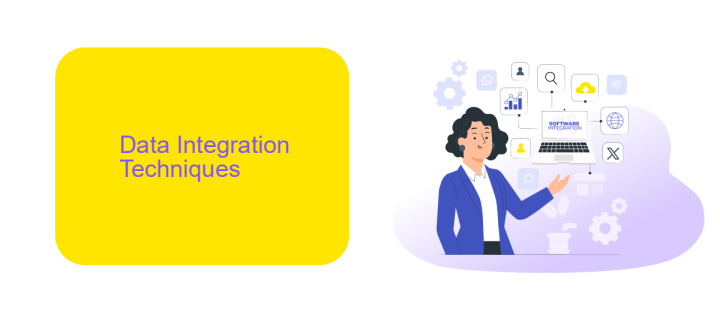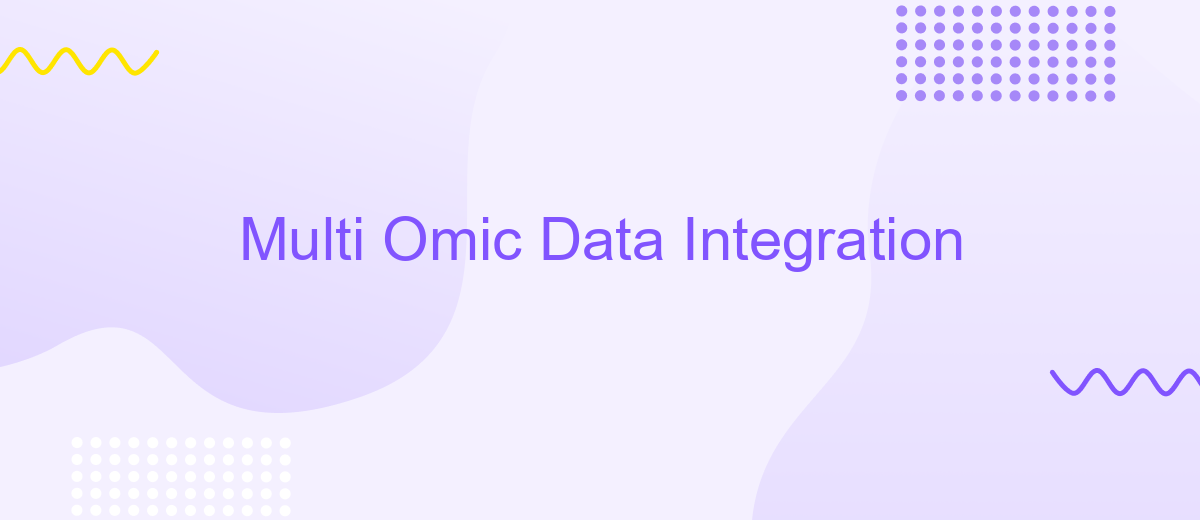Multi Omic Data Integration
Multi-omic data integration is a cutting-edge approach that combines diverse biological data types, such as genomics, proteomics, and metabolomics, to provide a comprehensive understanding of complex biological systems. By leveraging advanced computational techniques, researchers can uncover novel insights into disease mechanisms, identify potential biomarkers, and develop targeted therapies, ultimately advancing personalized medicine and improving patient outcomes.
Introduction
Multi-omic data integration is a revolutionary approach in bioinformatics that combines various omics data types, such as genomics, proteomics, and metabolomics, to provide a comprehensive understanding of biological systems. This integration is crucial for deciphering complex biological mechanisms and improving disease diagnosis and treatment.
- Genomics: Study of an organism's complete set of DNA, including all of its genes.
- Proteomics: Analysis of the entire set of proteins produced by an organism.
- Metabolomics: Examination of metabolites within a biological sample.
To streamline the integration process, tools like ApiX-Drive can be employed to automate data workflows and ensure seamless data exchange between different platforms. By leveraging such services, researchers can focus more on data analysis and interpretation, leading to faster and more accurate scientific discoveries.
Data Integration Techniques

Multi-omic data integration is a complex process that involves combining data from different omic layers such as genomics, transcriptomics, proteomics, and metabolomics. This integration is crucial for gaining a comprehensive understanding of biological systems and their interactions. Techniques such as data normalization, dimensionality reduction, and network analysis are commonly used to manage the high-dimensional data and extract meaningful insights. Machine learning algorithms, including clustering and classification, also play a significant role in identifying patterns and correlations across different omic layers.
To facilitate seamless data integration, various platforms and tools have been developed. One such service is ApiX-Drive, which offers automated data integration solutions. ApiX-Drive allows researchers to connect multiple data sources, automate workflows, and ensure data consistency and accuracy. By leveraging such tools, scientists can focus more on data analysis and interpretation rather than the technical challenges of data integration. Overall, the combination of advanced computational techniques and robust integration services enhances the efficiency and effectiveness of multi-omic data analysis.
Applications of Multi-Omic Data Integration

Multi-omic data integration has revolutionized the field of biomedical research by enabling comprehensive analyses that consider various biological layers. This approach has numerous applications, enhancing our understanding of complex diseases and biological processes.
1. Personalized Medicine: By integrating genomic, transcriptomic, proteomic, and metabolomic data, researchers can develop tailored treatment plans for individual patients.
2. Drug Discovery: Multi-omic data helps identify novel drug targets and understand the mechanisms of action, accelerating the drug development process.
3. Biomarker Identification: Combining different omic data types allows for the discovery of more reliable biomarkers for disease diagnosis and prognosis.
4. Systems Biology: Multi-omic integration provides a holistic view of biological systems, facilitating the study of complex interactions and networks.
5. Agricultural Improvements: In agriculture, multi-omic data is used to enhance crop yield, disease resistance, and nutritional value.
Tools like ApiX-Drive can streamline the integration process by automating data transfer between various platforms, ensuring seamless and efficient analysis. Utilizing such services can significantly reduce the time and effort required for multi-omic data integration, making it more accessible to researchers and clinicians.
Challenges and Future Directions

Multi-omic data integration presents a range of challenges, primarily due to the heterogeneity and complexity of the data types involved. Different omics layers, such as genomics, proteomics, and metabolomics, often require specialized analytical methods and tools, making seamless integration difficult.
Moreover, the sheer volume of data generated by multi-omic studies can be overwhelming, necessitating robust computational resources and sophisticated algorithms for effective analysis. Ensuring data quality and consistency across different omics platforms is another significant hurdle that researchers must address.
- Data heterogeneity and complexity
- Volume and computational demands
- Ensuring data quality and consistency
- Interoperability of analytical tools
- Scalability of integration frameworks
Future directions in multi-omic data integration will likely focus on developing more advanced algorithms and computational tools to handle large-scale data. Services like ApiX-Drive can facilitate the integration process by providing seamless data transfer and synchronization between various platforms. Additionally, fostering collaborative efforts and standardizing data formats will be crucial for advancing this field.
Conclusion
In conclusion, multi-omic data integration represents a significant advancement in the field of biomedical research, offering a more comprehensive understanding of complex biological systems. By combining data from genomics, transcriptomics, proteomics, and other omics technologies, researchers can uncover intricate molecular interactions and identify novel biomarkers for diseases. This holistic approach not only enhances our knowledge of disease mechanisms but also paves the way for personalized medicine and targeted therapies.
Moreover, the integration process can be streamlined using advanced tools and services. For instance, ApiX-Drive facilitates seamless data integration by automating the connection between various data sources and platforms. This enables researchers to efficiently manage and analyze large-scale omics data, reducing the time and effort required for manual data handling. As the field continues to evolve, leveraging such integration services will be crucial in maximizing the potential of multi-omic data and driving future scientific discoveries.
FAQ
What is Multi-Omic Data Integration?
Why is Multi-Omic Data Integration important in biomedical research?
What are the main challenges in Multi-Omic Data Integration?
How can automation tools help in Multi-Omic Data Integration?
What are some common methods used for Multi-Omic Data Integration?
Strive to take your business to the next level, achieve your goals faster and more efficiently? Apix-Drive is your reliable assistant for these tasks. An online service and application connector will help you automate key business processes and get rid of the routine. You and your employees will free up time for important core tasks. Try Apix-Drive features for free to see the effectiveness of the online connector for yourself.

